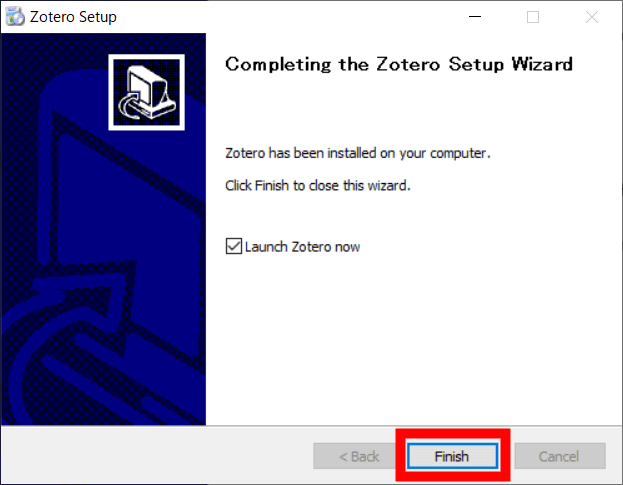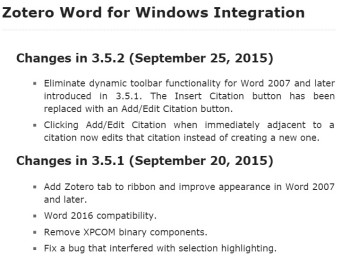

Hyphens are mostly used to break single words into parts or to join ordinarily separate words into single words. The English language does not have definitive hyphenation rules, though various style guides provide detailed usage recommendations and have a significant amount of overlap in what they advise. ( January 2016) ( Learn how and when to remove this template message) Statements consisting only of original research should be removed. Please improve it by verifying the claims made and adding inline citations.

Almost nothing in this section is tied to reliable sources, and there's a great deal of prescriptivist punditry about "codification" of various "rules".

This section possibly contains original research. The character most often used to represent a hyphen is called the "hyphen-minus" by Unicode, deriving from the original ASCII standard where it was called "hyphen (minus)". In terms of character encoding and display, it is represented by any of several characters and glyphs, including the Unicode hyphen (shown at the top of the infobox on this page), the hyphen-minus, the soft (optional) hyphen, and the non-breaking hyphen. In addition, the hyphen often substitutes for the en dash elsewhere in informal writing.Īs an orthographic concept, the hyphen is a single entity. The hyphen is sometimes confused with dashes ( figure dash ‒, en dash –, em dash -, horizontal bar ―), which are longer and have different uses, or with the minus sign −, which is also longer and more vertically centred in some typefaces.Īlthough hyphens are not to be confused with en dashes, there are some overlaps in usage (in which either a hyphen or an en dash may be acceptable, depending on user preference, as discussed below). Son-in-law is an example of a hyphenated word. The use of hyphens is called hyphenation. The hyphen ‐ is a punctuation mark used to join words and to separate syllables of a single word.


 0 kommentar(er)
0 kommentar(er)
